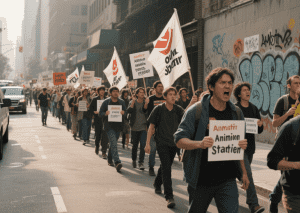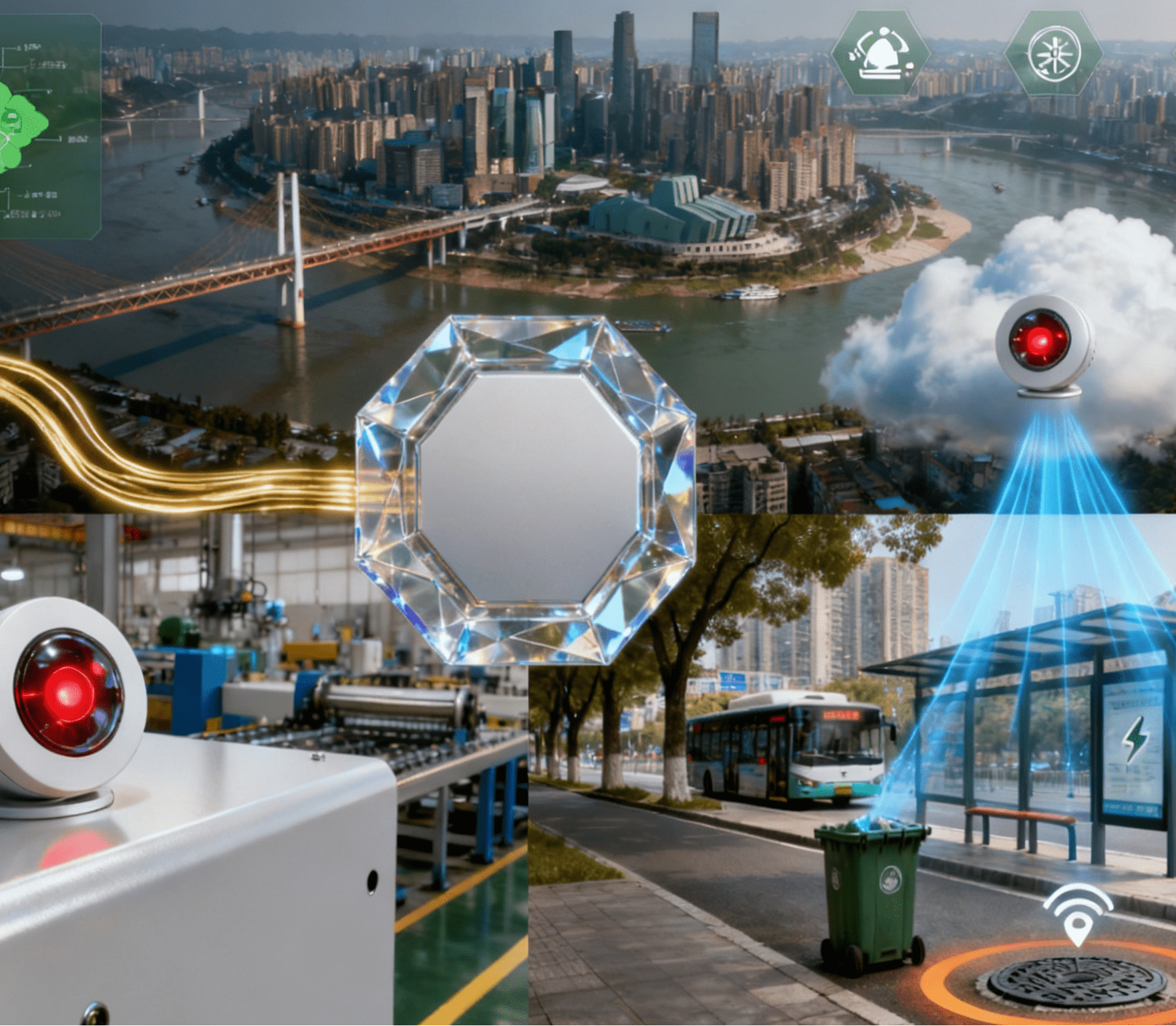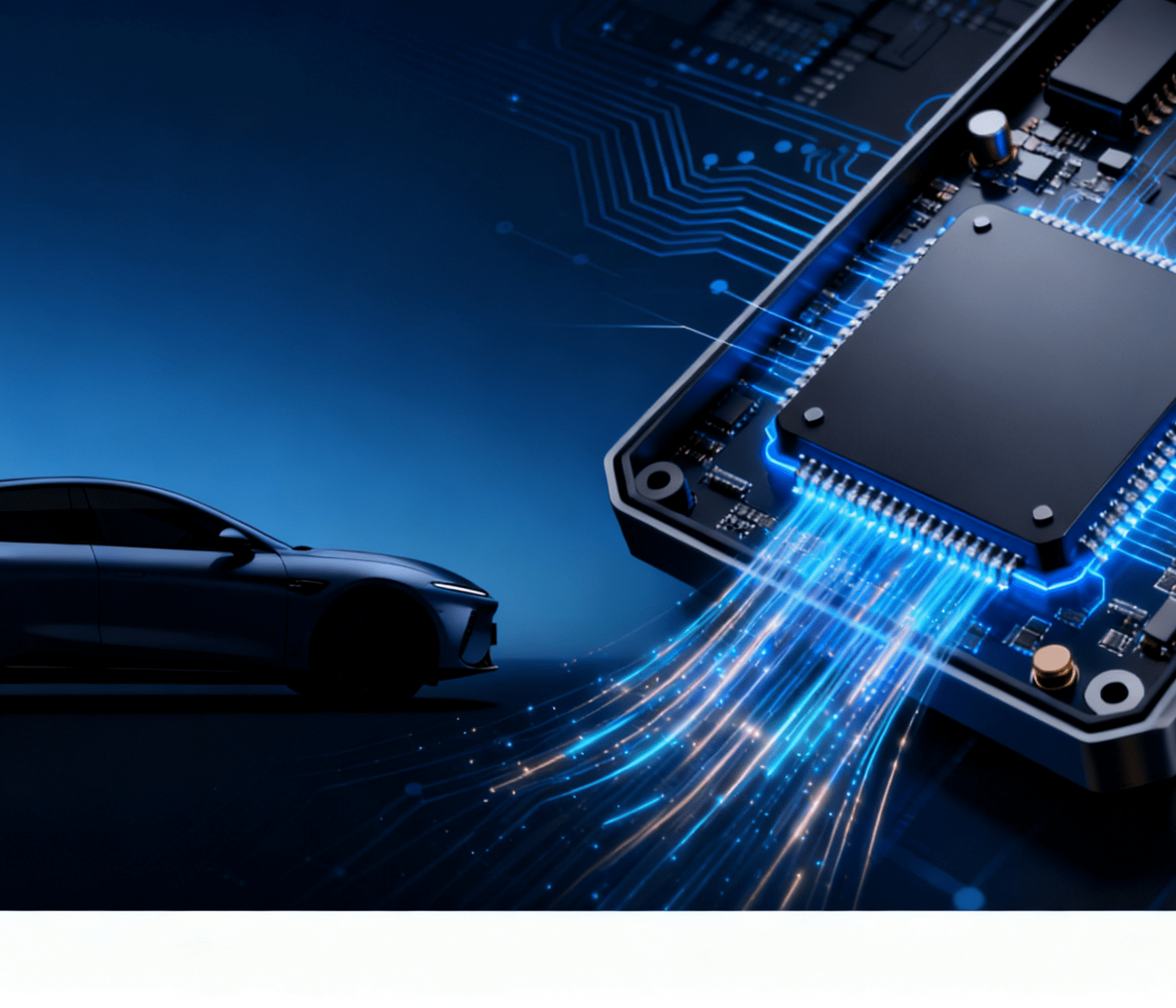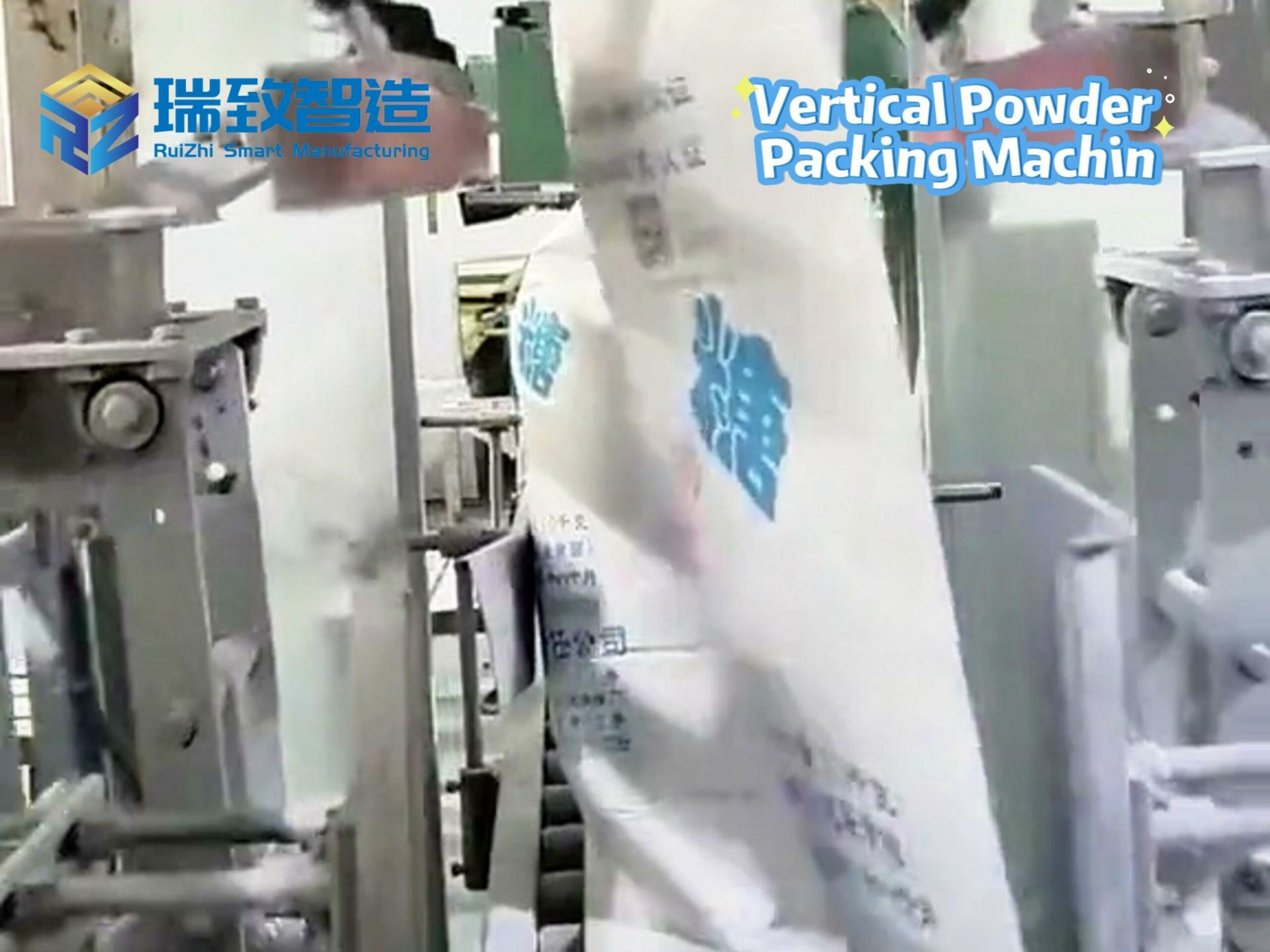Table of Contents
ToggleProtests Unveiled at Annecy: Animators Rally Against Industrial Automation’s AI Invasion

Festival animácie v Annecy sa stane bojiskom, keďže globálne odbory odsudzujú zasahovanie... intelligent automation do kreatívnych odvetví. Pre animátorov hrozba nie je len technologická – je to existenčný konflikt medzi ľudským umením a mechanickou replikáciou kreativity. „Nejde o nástroje; ide o automation equipment „...sú zneužívané proti umelcom,“ hovorí hovorca odborov. Kolaps streamovacieho priemyslu už viedol k prepúšťaniu a outsourcingu, ale generatívna umelá inteligencia teraz predstavuje nové nebezpečenstvo: korporátnu víziu animácie ako produktu... industrial automation, kde algoritmy nahrádzajú rozprávačov príbehov.
AI: Nie nástroj, ale kreatívny ničiteľ
Generatívna umelá inteligencia sa predáva štúdiám ako riešenie rozpočtových kríz, ale animátori ju vidia takú, aká je: chybný kopírovací stroj postavený na ukradnutej kreativite. Tieto systémy, vyškolené na dielach chránených autorskými právami, napodobňujú ľudské umenie a zároveň vymazávajú kultúrnu rozmanitosť, ktorá ho definuje. „S animáciou zaobchádzajú ako s výrobnou linkou,“ hovorí skúsený umelec.Industrial automation premenila výrobu na bezduchú prácu – teraz umelá inteligencia robí to isté s rozprávaním príbehov.“ Skutočná cena? Nielen stratené pracovné miesta, ale aj privatizácia samotného umenia, ako automation equipment-štýlová efektívnosť nahrádza jemný ľudský prejav.
Skryté náklady na „efektívnosť“ umelej inteligencie
Okrem straty pracovných miest sa vplyv umelej inteligencie prenáša na celú spoločnosť:
- Kultúrna homogenizáciaVýstupy umelej inteligencie odrážajú predsudky tých, ktorí ju ovládajú, a potláčajú rozmanitosť, ktorá robí animáciu silnou.
- Spustošenie životného prostrediaTréning modelov umelej inteligencie spotrebuje toľko energie ako malé mestá, čo je cenovka skrytá za firemným technologickým optimizmom.
- Etická eróziaOd deepfake porna až po vymyslené správy, tá istá technológia znehodnocuje umenie a zároveň podkopáva pravdu – to všetko v mene... intelligent automation.
3C: Plán pre kreatívne prežitie
Odbory navrhujú radikálny protiplán:
- SúhlasUI sa nesmie trénovať na dielach chránených autorskými právami bez výslovného súhlasu autora – už žiadne kreatívne krádeže pod rúškom „pokroku“.
- KompenzáciaUmelci si zaslúžia odmenu, keď umelá inteligencia použije ich štýl, podobu alebo prácu – rovnako ako z toho profitujú robotníci v továrňach. automation equipmentčo zvyšuje ich pracovnú silu.
- Ovládacie prvkyTvorcovia potrebujú zákonnú moc na reguláciu používania ich duševného vlastníctva umelou inteligenciou, čím sa zabráni industrial automation-štýlové zneužívanie.
Záver: Nakreslenie čiary v pixeloch
Protesty v Annecy sú viac než len pracovným sporom – sú vyhlásením, že umenie sa nedá redukovať na intelligent automationAnimátori varujú: ak dovolíte umelej inteligencii nahradiť ľudských tvorcov, stratíme nielen pracovné miesta, ale aj samotnú dušu rozprávania príbehov. „Nie sme proti technológiám,“ hovorí jeden z odborových lídrov. „Sme proti tomu, aby sa umelci zaobchádzali ako s ozubenými kolesami v...“ automation equipment systém.“
Otázka je jednoduchá: rozpoznať animáciu ako ľudské remeslo, nie ako produkt industrial automationTo znamená:
- Legislatíva na ochranu kreatívnej práce, podobná predpisom, ktoré kedysi humanizovali prácu v továrňach.
- Zodpovednosť firiem za environmentálny a kultúrny vplyv umelej inteligencie.
- Globálne odborové hnutie, ktoré považuje práva animátorov za rovnako dôležité ako práva ktoréhokoľvek priemyselného pracovníka.
V konečnom dôsledku nejde o zastavenie pokroku – ide o jeho definovanie. Stane sa animácia ďalšou obeťou intelligent automation, alebo si uctíme pravdu, že veľké umenie sa rodí z ľudských rúk, sŕdc a myslí? Odpoveď v Annecy môže formovať budúcnosť samotnej kreativity.




















